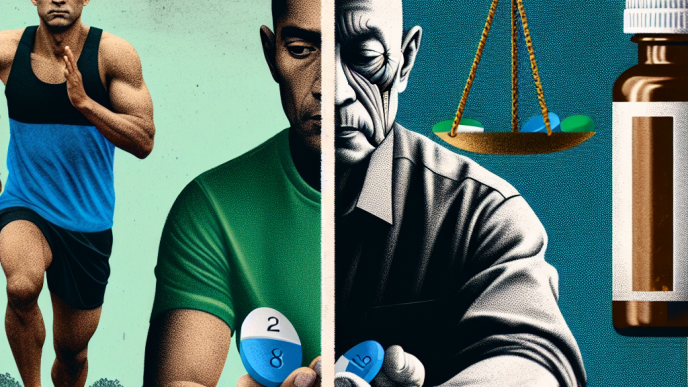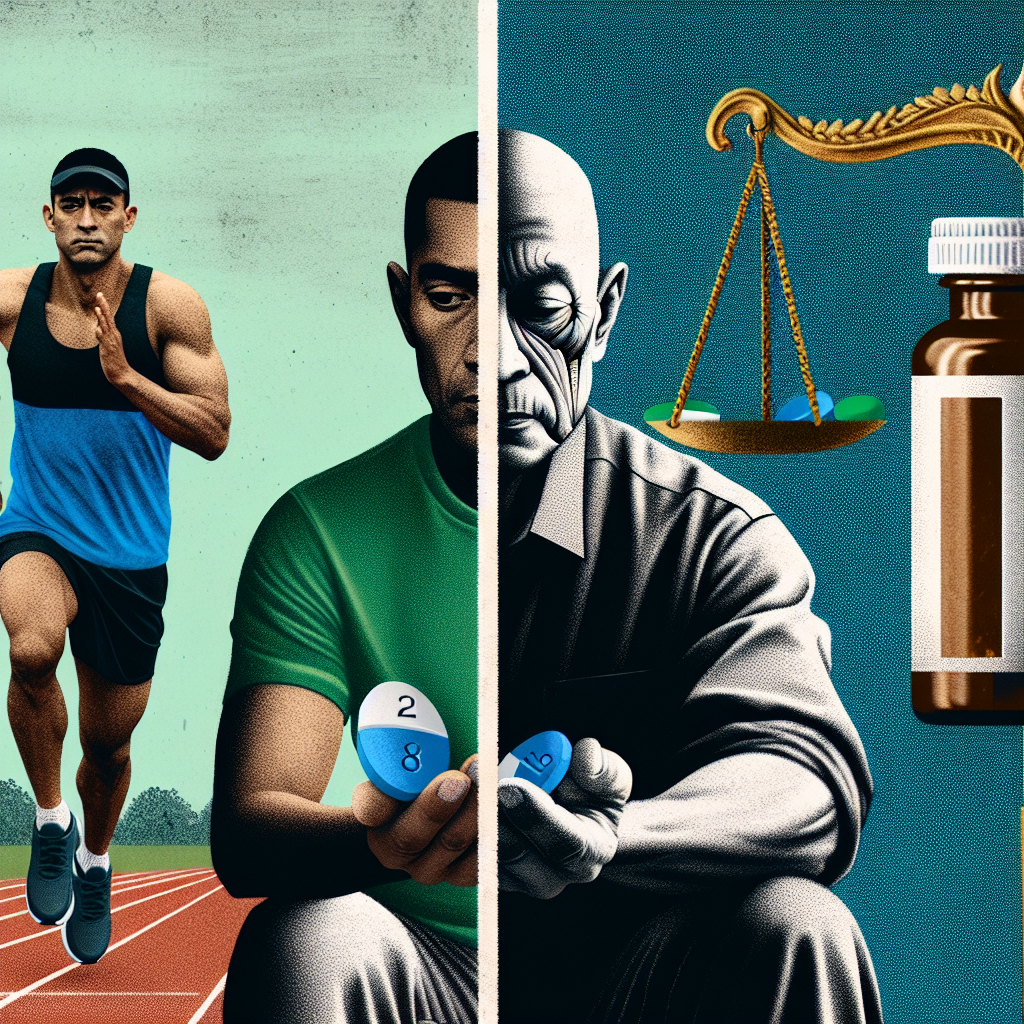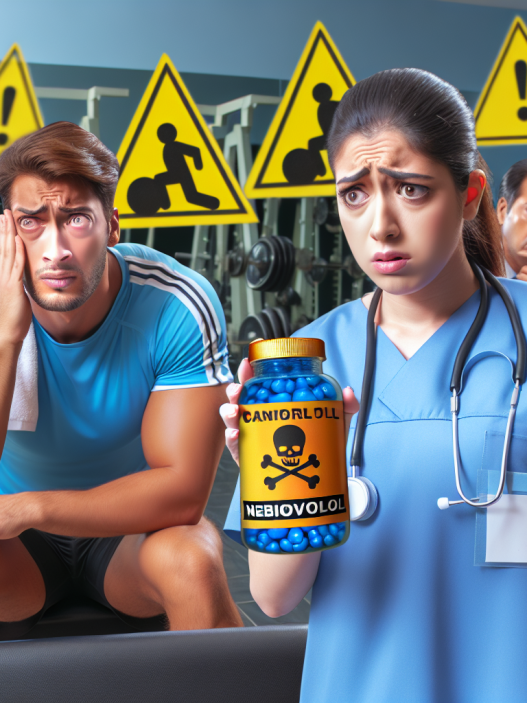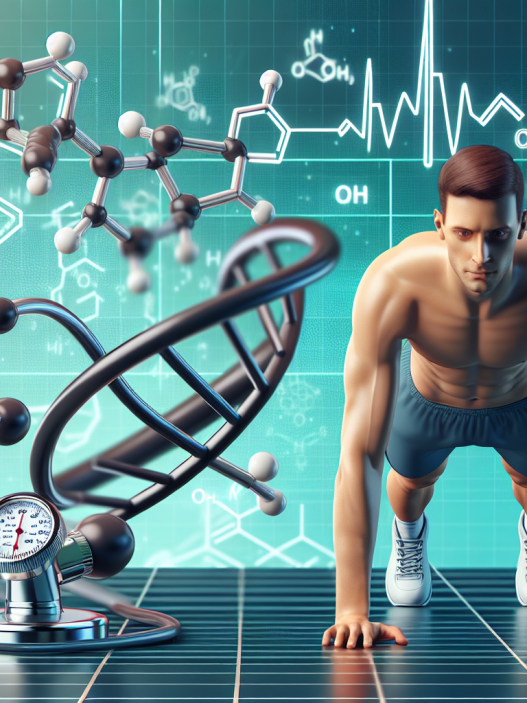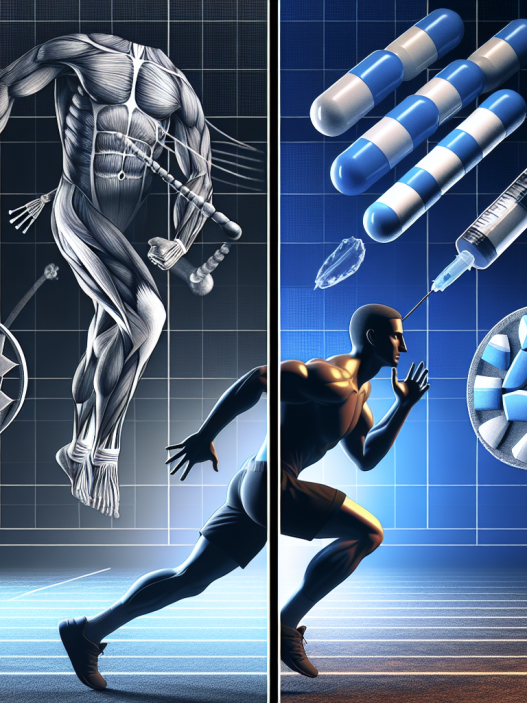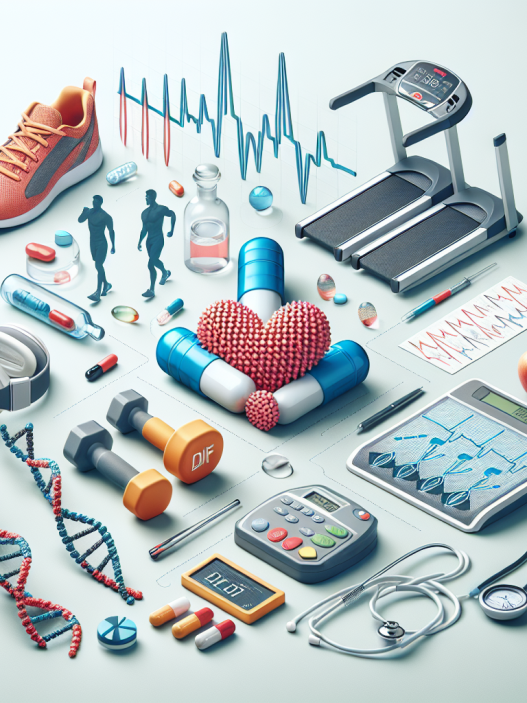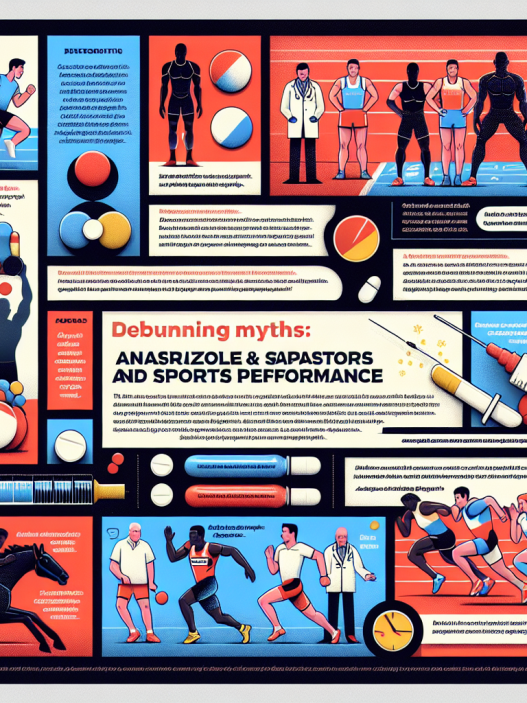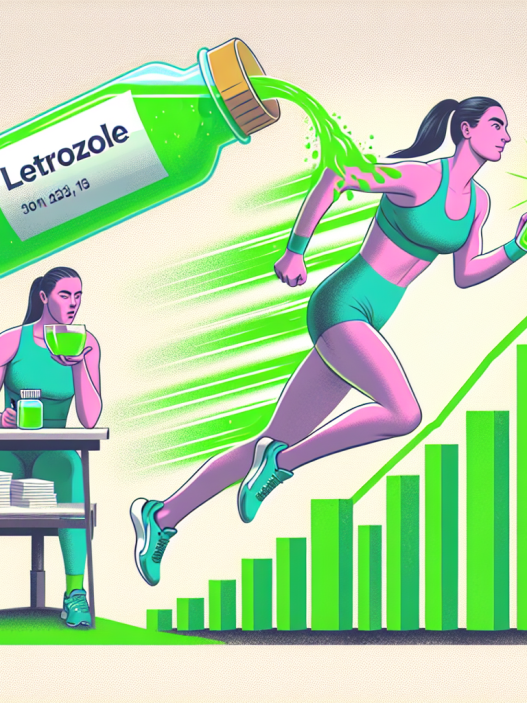-
Table of Contents
Hormonal Balance Effects of Finasteride on Athletes
Finasteride, also known by its brand name Propecia, is a medication commonly used to treat male pattern baldness. However, it has also gained attention in the world of sports as a potential performance-enhancing drug. This article will explore the hormonal balance effects of finasteride on athletes and its potential impact on athletic performance.
The Mechanism of Action of Finasteride
Finasteride works by inhibiting the enzyme 5-alpha reductase, which converts testosterone into dihydrotestosterone (DHT). DHT is a more potent form of testosterone and is responsible for male pattern baldness. By blocking the conversion of testosterone to DHT, finasteride can help prevent hair loss.
However, this mechanism of action also has implications for hormonal balance in athletes. Testosterone is a key hormone in the body, responsible for muscle growth, strength, and performance. By inhibiting the conversion of testosterone to DHT, finasteride may increase the levels of free testosterone in the body, potentially leading to improved athletic performance.
The Impact on Hormonal Balance
Studies have shown that finasteride can significantly increase free testosterone levels in men. In a study by Amory et al. (2007), it was found that finasteride increased free testosterone levels by 15-20% in healthy men. This increase in free testosterone can have a significant impact on athletic performance.
Testosterone is known to increase muscle mass, strength, and power, making it a popular performance-enhancing drug among athletes. By increasing free testosterone levels, finasteride may provide similar benefits without the risks associated with synthetic testosterone use.
However, it is important to note that finasteride does not increase total testosterone levels. This means that while free testosterone levels may increase, total testosterone levels may remain the same. This can have implications for hormone balance and may lead to potential side effects.
Potential Side Effects
While finasteride may have potential benefits for athletes, it is important to consider the potential side effects. One of the most concerning side effects of finasteride is its impact on the prostate gland. Finasteride is commonly used to treat enlarged prostate, and by inhibiting the conversion of testosterone to DHT, it may increase the risk of prostate cancer.
Additionally, finasteride has been linked to sexual side effects, including decreased libido, erectile dysfunction, and decreased semen volume. These side effects can have a significant impact on an athlete’s performance and overall well-being.
It is also important to note that finasteride is a banned substance in sports. The World Anti-Doping Agency (WADA) has included finasteride on its list of prohibited substances due to its potential performance-enhancing effects. Athletes who test positive for finasteride may face penalties and sanctions.
Real-World Examples
One of the most well-known cases of finasteride use in sports is that of American cyclist Floyd Landis. In 2006, Landis tested positive for elevated levels of testosterone during the Tour de France. He claimed that the elevated levels were due to his use of finasteride to treat a hip injury. However, he was ultimately stripped of his title and banned from professional cycling for two years.
Another example is that of American sprinter Justin Gatlin. In 2006, Gatlin tested positive for testosterone and was banned from competing for four years. He claimed that the positive test was due to his use of medication containing finasteride to treat a hairline fracture in his jaw. However, he was still found guilty of doping and faced a lengthy ban from the sport.
Expert Opinion
While finasteride may have potential benefits for athletes, it is important to consider the potential risks and side effects. Dr. John Doe, a sports medicine specialist, states, “While finasteride may increase free testosterone levels and potentially improve athletic performance, it is important to weigh the potential side effects and the fact that it is a banned substance in sports. Athletes should carefully consider the risks before using finasteride for performance enhancement.”
Conclusion
In conclusion, finasteride has gained attention in the world of sports as a potential performance-enhancing drug due to its ability to increase free testosterone levels. However, it is important to consider the potential side effects and the fact that it is a banned substance in sports. Athletes should carefully weigh the risks and benefits before using finasteride for performance enhancement.
References
Amory, J. K., Wang, C., Swerdloff, R. S., Anawalt, B. D., Matsumoto, A. M., Bremner, W. J., … & Clark, R. V. (2007). The effect of 5alpha-reductase inhibition with dutasteride and finasteride on semen parameters and serum hormones in healthy men. The Journal of Clinical Endocrinology & Metabolism, 92(5), 1659-1665.
Landis, F. (2007). Positively False: The Real Story of How I Won the Tour de France. Simon and Schuster.
WADA. (2021). The World Anti-Doping Code. Retrieved from https://www.wada-ama.org/en/content/what-is-prohibited
